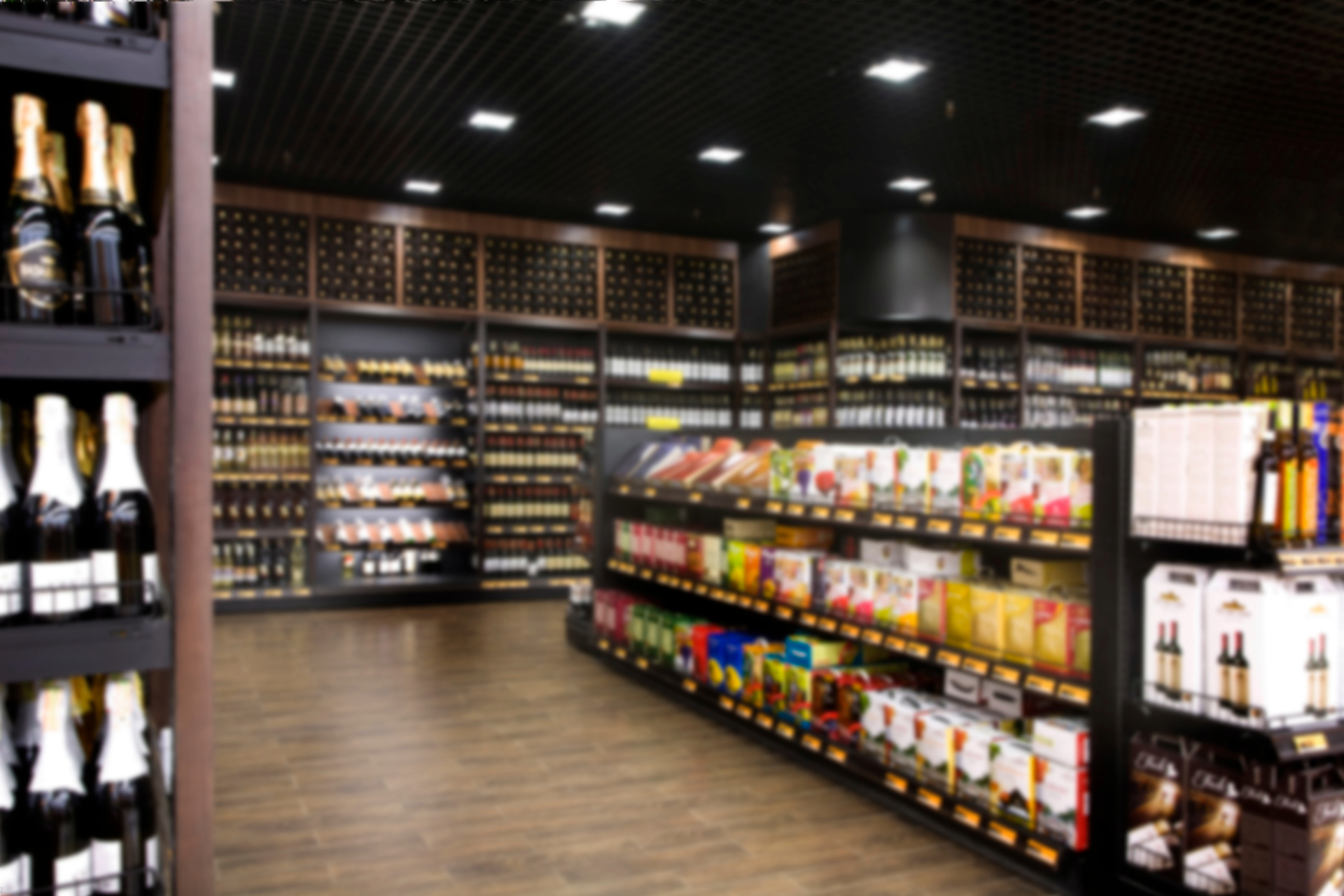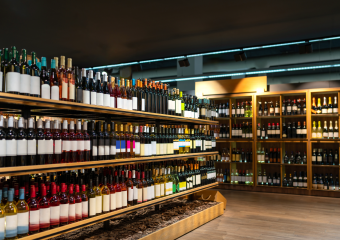Reimagining Wine Logistics: AI and Automation in the Supply Chain
Reimagining Wine Logistics through AI and automation represents a significant shift in how vineyards, distributors, and retailers manage the journey from grape to glass. The traditional wine supply chain is fraught with complexities including climate control, timing, and handling that require meticulous attention to detail. Luckily, advancements in technology are paving the way for smarter, more efficient operations. This article explores how artificial intelligence (AI) and automation are revolutionizing the wine industry by enhancing the precision and efficiency of its logistics.
The Role of AI in Wine Supply Chain Management
Artificial Intelligence is increasingly playing a pivotal role in optimizing the wine supply chain. One of the primary benefits of AI in this sector is its predictive capabilities. By analyzing vast amounts of data on weather patterns, soil conditions, and historical production levels, AI can help vintners predict the best times to harvest grapes. This not only ensures optimal grape quality but also reduces waste and increases efficiency.
Post-harvest, AI continues to add value by monitoring the fermentation process. Sensors equipped with AI can track temperature, sugar levels, and acidity in real-time, allowing for adjustments that ensure the final product maintains a consistent quality. Moreover, AI systems can manage inventory in warehouses by predicting demand using historical sales data, thus helping distributors keep popular products in stock while reducing overproduction of less popular items.
Automation’s Impact on Operational Efficiency
Automation in wine logistics primarily focuses on improving the speed and accuracy of the physical handling of wine. Automated bottling lines, for example, have revolutionized how quickly a bottle of wine can be prepared for shipment. Modern systems handle everything from washing and sterilizing bottles to corking, labeling, and packing them, all without human intervention. This not only speeds up the process but also minimizes the risk of contamination, ensuring that customers receive high-quality products.
In warehouses, robotic solutions are becoming commonplace. Automated guided vehicles (AGVs) are used to transport pallets of wine from one location to another without the need for manual labor. These robots are not only faster but also reduce the likelihood of accidents and breakages. Moreover, with the ability to operate around the clock, these automated helpers optimize operations significantly, trimming down logistics costs and enhancing overall efficiency.
Enhancing Traceability and Consumer Trust
A crucial advantage of integrating AI and automation in wine logistics is the improvement in traceability and transparency throughout the supply chain. Blockchain technology, combined with AI, enables every bottle of wine to be traced back to its origin. Consumers can verify the authenticity of their purchase and gain insights into the vineyard’s practices, the region’s climate, and even the type of oak used for aging if applicable.
Such detailed traceability not only bolsters consumer trust but also assists regulators and businesses in preventing fraud, a major concern in the wine industry. By ensuring that high-quality standards are maintained and verified from the vineyard to the retailer, the entire sector can maintain higher integrity and reputation.
Future Prospects: Sustainable Wine Logistics
Looking forward, AI and automation hold the key to not only improving efficiency and reliability in wine logistics but also making it more sustainable. Automated systems optimize routes and delivery schedules to reduce fuel consumption and carbon emissions. Meanwhile, AI can assist in managing resources more effectively at the vineyards themselves, reducing water and pesticide use through precision agriculture techniques.
By reimagining wine logistics through the lens of AI and automation, the wine industry is setting a benchmark for other sectors aiming to modernize their supply chain operations. Embracing these technologies offers a pathway to enhanced operational efficiency, improved product quality, and greater consumer satisfaction, all of which contribute to a more sustainable and prosperous wine industry.
As we look to the future, the marriage of tradition with modernity in wine logistics not only promises to preserve the art of winemaking but also to ensure its evolution and endurance in the modern age. The possibilities are as rich and varied as the wines themselves, offering a new era of innovation in an ancient industry.





